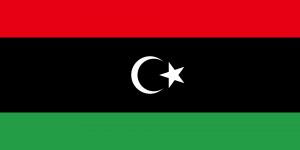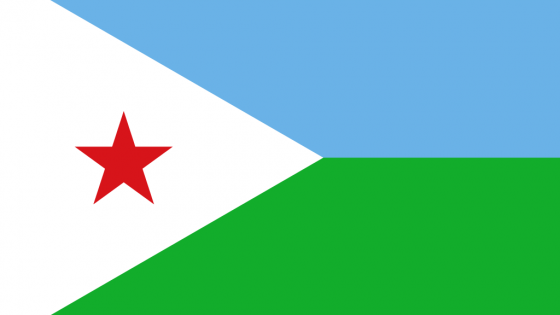
Djibouti, a small but strategically significant country in the Horn of Africa, is where African, Arab, and French influences merge to create a fascinating blend of cultures. Bordered by Eritrea, Ethiopia, and Somalia and facing the Red Sea and Gulf of Aden, Djibouti boasts dramatic geological formations, salt lakes, and marine wonders, making it a destination like no other.
Though small in size, Djibouti offers big adventures. From its starkly beautiful desert landscapes and saline lakes to rich cultural traditions and incredible marine biodiversity, it’s a place of both peace and mystery. Ideal for eco-tourists, divers, and travelers interested in untouched natural wonders, Djibouti provides a unique and unforgettable journey.

